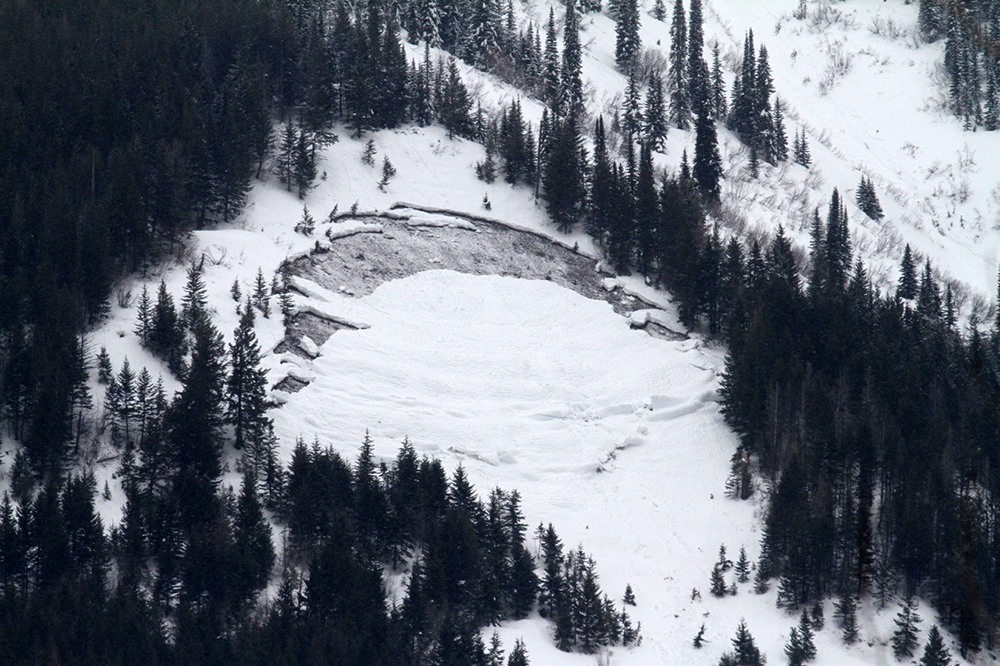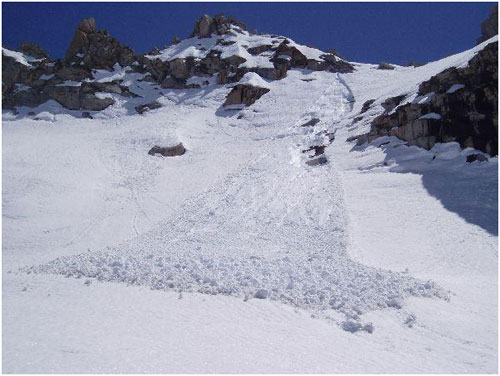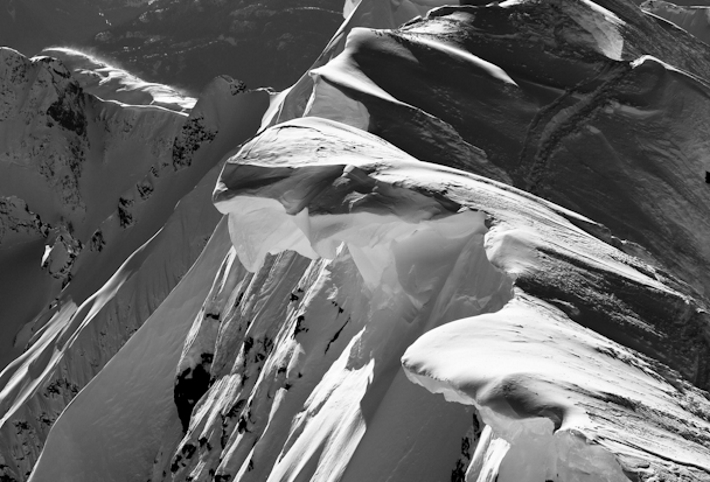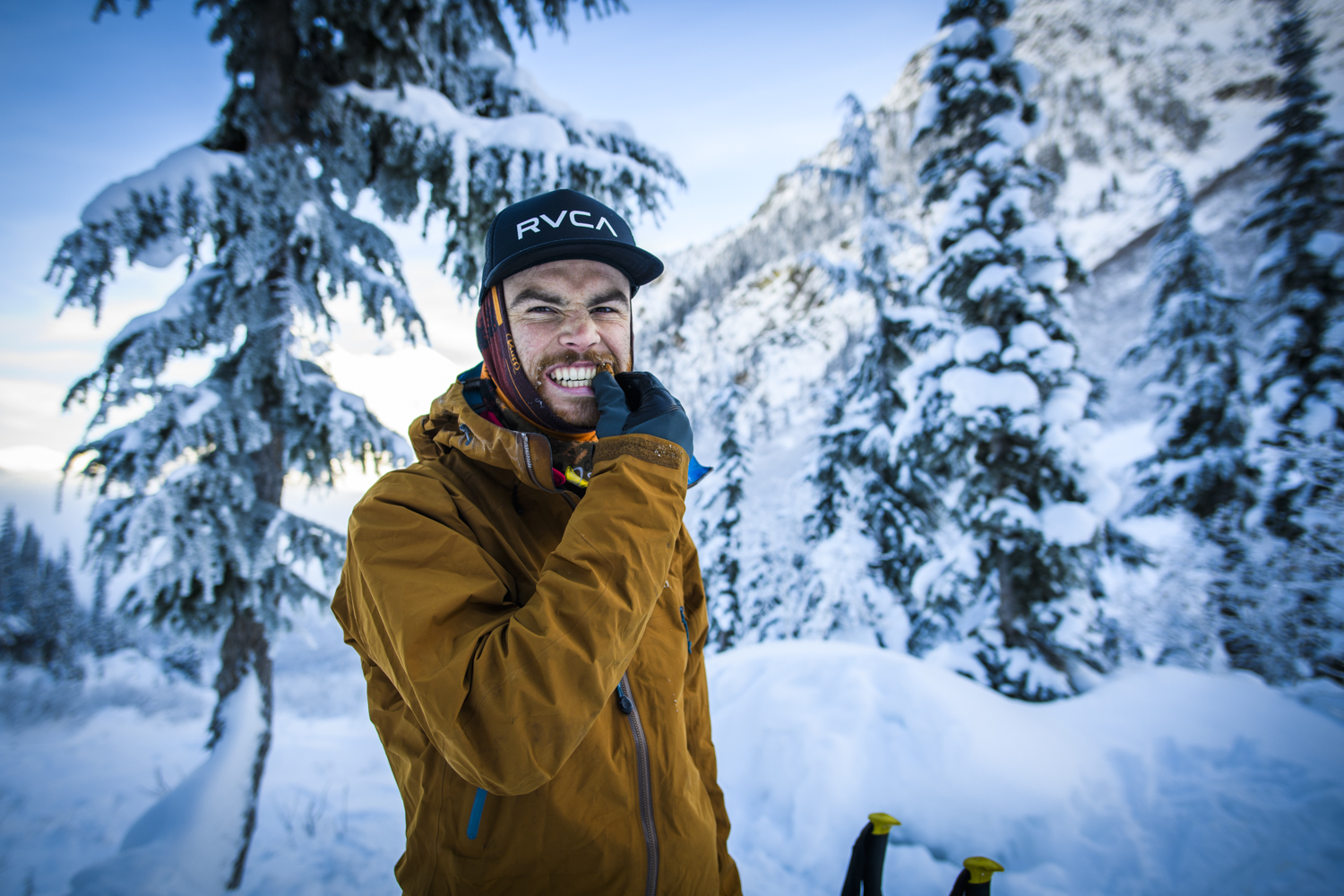Keeping up on Spring Avalanche Conditions
It's easy to open your Avalanche Canada App and see the 1-1-1 (Low-Low-Low) and head on out into the backcountry with not a care in the world. However, the spring presents some unique avalanche considerations that we at Backcountry Ski Canada feel should be reiterated.
The main consideration is that as we move from Dry avalanche ty[es, we transition into more Wet avalanche conditions
These descriptions were taken fro our friend down at Wild Snow:
You can read the whole Wild Snow article here
Wet Avalanches
The most obvious hazard to keep tabs on are the “wet” avalanche types — wet loose, wet slab, glide cracks, and let’s throw cornices in there, too. Somebody has already balked and muttered, “That’s a storm problem!” I’m with you, much of the year it’s a storm problem, but as you finally show those sinewy, ass-white legs to the sun, it’s time to put cornices on our list of problems, too.

Intense solar input, longer days, higher average temperatures, and the party crasher of all ski trips — rain — all conspire to increase the avalanche danger via wet avy types. We’ll start to see these types listed on the avalanche bulletin, so a couple thoughts.
Glide cracks Unpredictable, don’t necessarily respond to explosive control, sometimes sit there for months, sometimes they appear and fail that same day. Point is, it’s the whole snowpack starting to move and if you’re involved, the odds are stacked against survival. Avoid at all costs.
They often form on grassy slopes or slabby, rocky areas, often first at lower elevations on sunnier slopes, then climb higher as spring progresses. Make a note of where you’re seeing them, focusing on aspect and elevation. Share your obs! And did I mention, don’t be on slopes with glide cracks, don’t be under slopes with glide cracks. Period!
Wet slabs Another unpredictable, tricky type. Patrollers throw bombs on ‘em, a hundred skiers might ski across them, they might go several days without a refreeze and then BAM, huge, wet slab … and again, odds are stacked against you. These can be large and destructive, they’re usually heavy and dense, they often initiate and travel on slopes under 30 degrees, and they can travel farther into runouts than we think.
We often endure a “wet slab cycle,” or the “spring shed,” with these. Especially if we have dormant persistent weak layers in our snowpack, these can reawaken with a warming snowpack and we’re right back to spooky conditions, caught skiers, and unfortunately potential fatalities. Heads up. The forecasters will be warning about these when the time comes and listen up — these are the meth-head cousins of the deep-slab avalanches from last winter, and they’ve just showed up on your door step, hoping to crash for a few days. Best clear out and just let ‘em get it out of the system before you come back.
Loose wet Phew, now we’re getting into more predictable, less destructive avalanches. This is merely your annoying cousin from Poughkeepsie, not the aforementioned meth-heads. Loose wet avalanches plague Coloradans any time there’s snow on the ground, given the amount of intense sunshine that state receives. Most other places, though, if you have warming temps, bright sun, and/or rain, start looking out for these. Usually, there are obvious signs (roller balls, point releases) and they’re easy to avoid (more on this in a sec).
If it’s warm enough to worry about springtime problems, then let’s consider sagging cornices, too. Late winter, early spring, these things have been growing all season, so the danger is two-fold: if a cornice collapses, it could easily be school-bus-sized chunks and more destructive power. Even if we manage to dodge huge blocks of cornice, it could trigger a deeper, larger, deadlier avalanche!










